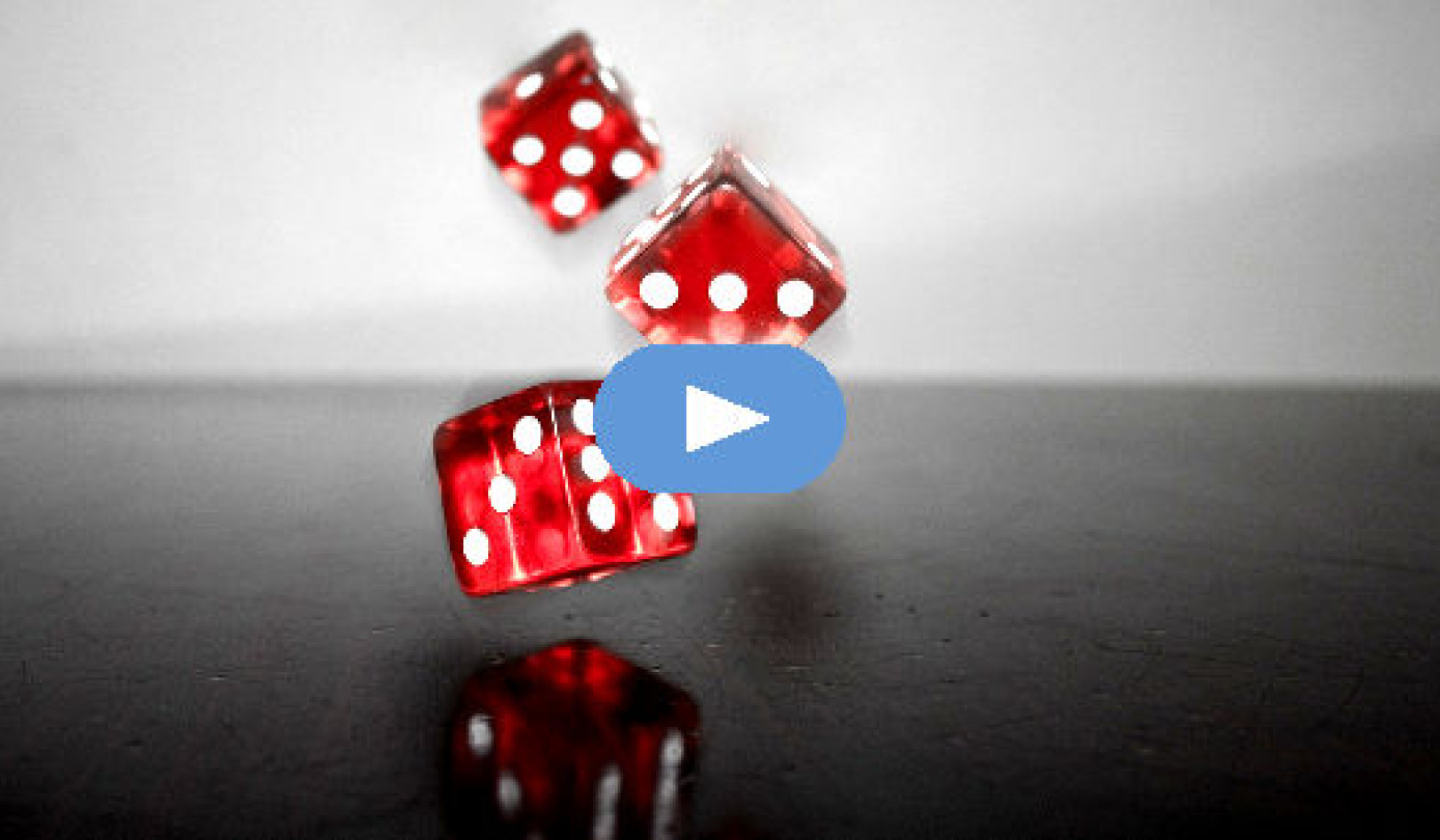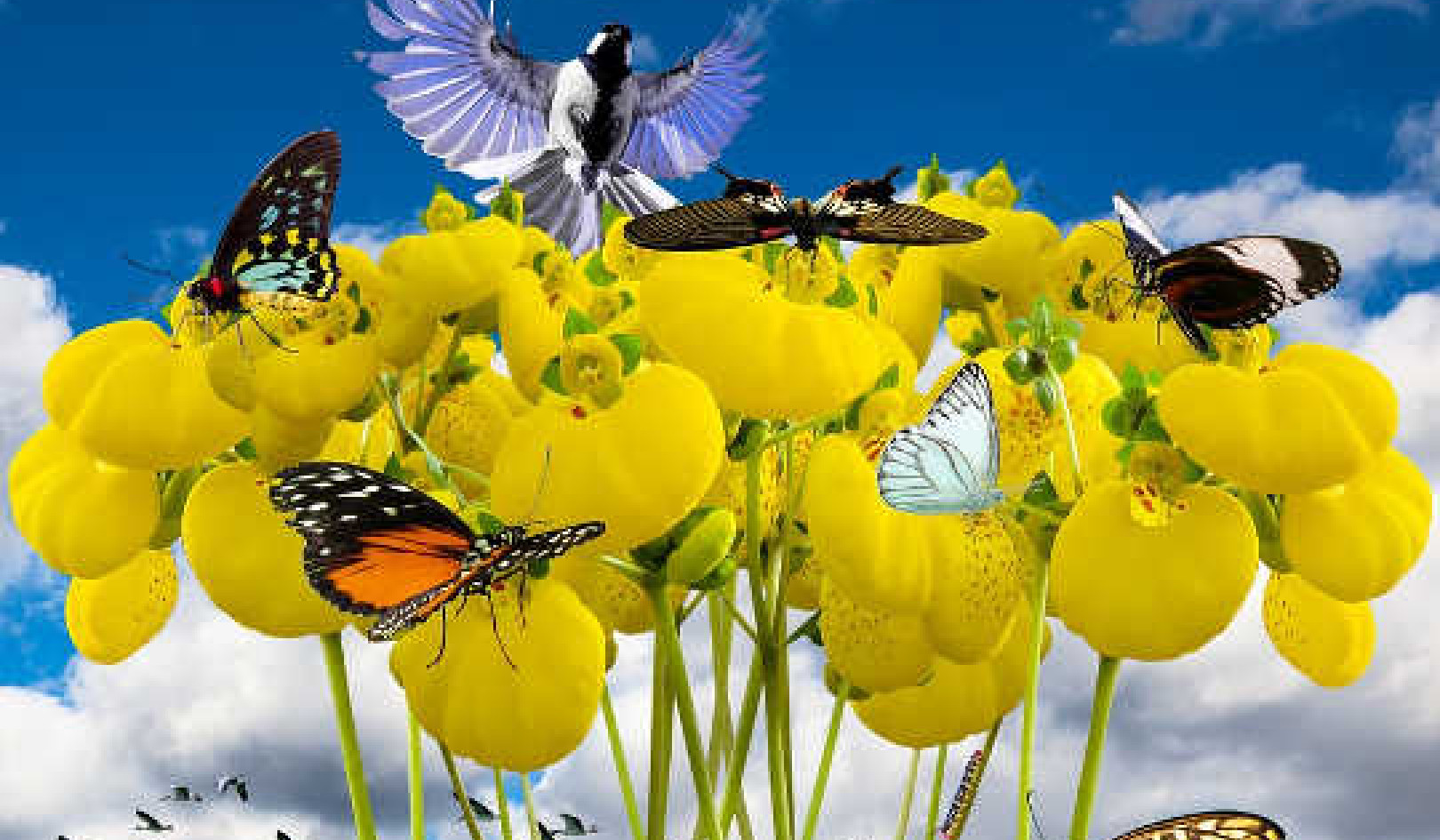
(Editor's Note: While this article has been written concerning the death of an animal companion, or pet, its great advice may also be applied to the loss of a human companion.)
Next to the encounter of death in our own bodies,
the most sensible calamity to an honest man
is the death of a friend. The comfort of having a friend
may be taken away, but not that of having had one.
Shall a man bury his friendship with his friend? — seneca
The past cannot be changed and can never be re-created. Yesterday is a tale that has already been told. But today and tomorrow are still before us, waiting to be realized. They are the framework in which we have to live.
What can we do when an animal companion dies? Staying busy is not a bad idea. Volunteers are always needed at animal welfare organizations, if you seek an outlet for your energy. Donations made in the memory of a pet are always welcome, too. But no amount of money can bring back the dead, and no act of ours can alter what might have been.
Passing Through the Shadows to Reach the Light
The human condition is tragic in this sense: we are ephemeral, transitory beings, and there is nothing we can do about it. If we fail to realize that, the urge to stay busy can devolve from purposeful engagement to frantic activity. It takes on a compulsive quality and becomes a tactic for avoiding our own feelings of loss and fragility when what we really need is to meet them head-on. We cannot avoid the darkness or find a way around it. Instead, we must pass through the shadows to reach the light.
But if the things that we can do are limited, the things that we can be are manifold: patient, accepting, and compassionate with ourselves; sensitive to the currents of sympathy that surround us; and hopeful that even in the midst of sorrow, the future will open new possibilities for life. Inside each one of us is a center that is affirming rather than negating, expansive rather than constricting. Finding that center and holding on to it can help us live creatively even when the world around us seems chaotic and confused.
Grieving & Mourning Have No Schedule
 Grieving takes time, and mourning sticks to no prescribed schedule. Although it will not happen instantly or immediately, the sadness we feel from losing a pet can gradually diminish while warm and funny memories remain and grow richer in our minds. We recall good times we shared. Eventually, we can look back calmly on the years gone by — never without a tinge of sorrow, but with a powerful feeling of gratitude for a wonderful friendship. We know how blessed we have been to love and be loved, even if only for a short interlude.
Grieving takes time, and mourning sticks to no prescribed schedule. Although it will not happen instantly or immediately, the sadness we feel from losing a pet can gradually diminish while warm and funny memories remain and grow richer in our minds. We recall good times we shared. Eventually, we can look back calmly on the years gone by — never without a tinge of sorrow, but with a powerful feeling of gratitude for a wonderful friendship. We know how blessed we have been to love and be loved, even if only for a short interlude.
But while time is required, the mere passage of hours is not enough to resolve a grief. It is also important to make time our ally, working with it rather than against it as it carries us toward new cycles of life. How can we cooperate with time, the great healer, and let it perform its task?
Things We Can Do To Allow Healing to Take Place
• For today and tomorrow, we can take care of our bodies. We can eat properly, exercise regularly, and sleep at regular intervals. We can visit a physician when needed. We can allow the strength and the life-giving force that resides in flesh, muscle, nerve, and bone to restore us to vitality.
• For today and tomorrow, we can embrace our feelings. We can ask for support from family and friends. We can practice forgiveness with ourselves and others. We can realize that in our struggle to face loss we are not alone.
• For today and tomorrow, we can accept our own unique and unrepeatable life span. We can become aware of the opportunities for enjoyment and camaraderie that each day holds. We can let go of unwanted fears and fixations. We can let the past enrich us rather than enthrall us.
• For today and tomorrow, we can pay attention to nature. We can sense our connection to a world that is dynamic and alive. We can breathe deeply and walk reverently. We can notice the beauty of clouds and clover and other living creatures. We can make friends with the earth, from which we are born and to which we ultimately return. We can awaken to the wonders that exist above our heads and beneath our feet.
• For today and tomorrow, we can cultivate inwardness. We can take time for prayer, meditation, and thoughtful reflection. We can practice stillness. We can write and journal to bring the unspoken and inarticulate into conscious awareness. We can let ourselves become channels for the universal spirit. We can be open to the guidance of dreams and inner visions.
• For today and tomorrow, we can invoke the presence of the sacred. We can worship in church, synagogue, temple, or mosque, or within the chambers of our own being. We can receive the teachings of ancient scriptures, which speak of the Eternal within a world of change, and we can hold to the truth within ourselves. We can have faith that in spite of death and parting, all is in the hands of goodness and mercy.
• Finally, we can avoid making life more complicated than it has to be. Not long ago, when I happened to be feeling particularly glum, I shared my mood with my daughter and asked if she had any good cures for the blues. “If you’re feeling sad,” she suggested with grade-school simplicity, “why not do some things that you think are fun?” It was sound advice, I felt, and I pass it on to you.
Trusting in Life to Work Its Magic Cure
Healing will happen, if we let it — perhaps not this day or the next, but eventually. What is required is to persevere, one day at a time or, as one member of my congregation says who likes to plan ahead, two days at a time.
If we can manage to be just a little kinder, more mindful, and in closer touch with our own healthy center — for today and tomorrow — we can trust in life to work its magic cure.
Reprinted with permission of New World Library, Novato, CA.
©1997, 2012 by Gary Kowalski. All Rights Reserved.
www.newworldlibrary.com or 800-972-6657 ext. 52.
This article was excerpted with permission from the book:
Goodbye, Friend: Healing Wisdom for Anyone Who Has Ever Lost a Pet
by Gary Kowalski.
 In Goodbye, Friend, Gary Kowalski takes you on a journey of healing, offering warmth and sound advice on how to cope with the death of your pet. Filled with heartwarming stories and practical guidance on such matters as taking care of yourself while mourning, creating rituals to honor your pet’s memory, and talking to children about death, Goodbye, Friend is a beautiful and comforting book for anyone grieving the loss of a beloved animal.
In Goodbye, Friend, Gary Kowalski takes you on a journey of healing, offering warmth and sound advice on how to cope with the death of your pet. Filled with heartwarming stories and practical guidance on such matters as taking care of yourself while mourning, creating rituals to honor your pet’s memory, and talking to children about death, Goodbye, Friend is a beautiful and comforting book for anyone grieving the loss of a beloved animal.
For More Info or to Order This Book (Revised 2012 edition).
About the Author
 Reverend Gary Kowalski is the author of bestselling books on animals, nature, history and spirituality. A graduate of Harvard College and the Harvard Divinity School, his work has been translated into German, French, Spanish, Japanese, Chinese and Czech and been voted a "Reader's Favorite" by the Quality Paperback Book Club. Gary's work centers on the connection of spirit and nature ... acknowledging our kinship with each other and with a universe that is passionate, evolving and alive. Visit his website at www.kowalskibooks.com.
Reverend Gary Kowalski is the author of bestselling books on animals, nature, history and spirituality. A graduate of Harvard College and the Harvard Divinity School, his work has been translated into German, French, Spanish, Japanese, Chinese and Czech and been voted a "Reader's Favorite" by the Quality Paperback Book Club. Gary's work centers on the connection of spirit and nature ... acknowledging our kinship with each other and with a universe that is passionate, evolving and alive. Visit his website at www.kowalskibooks.com.
























